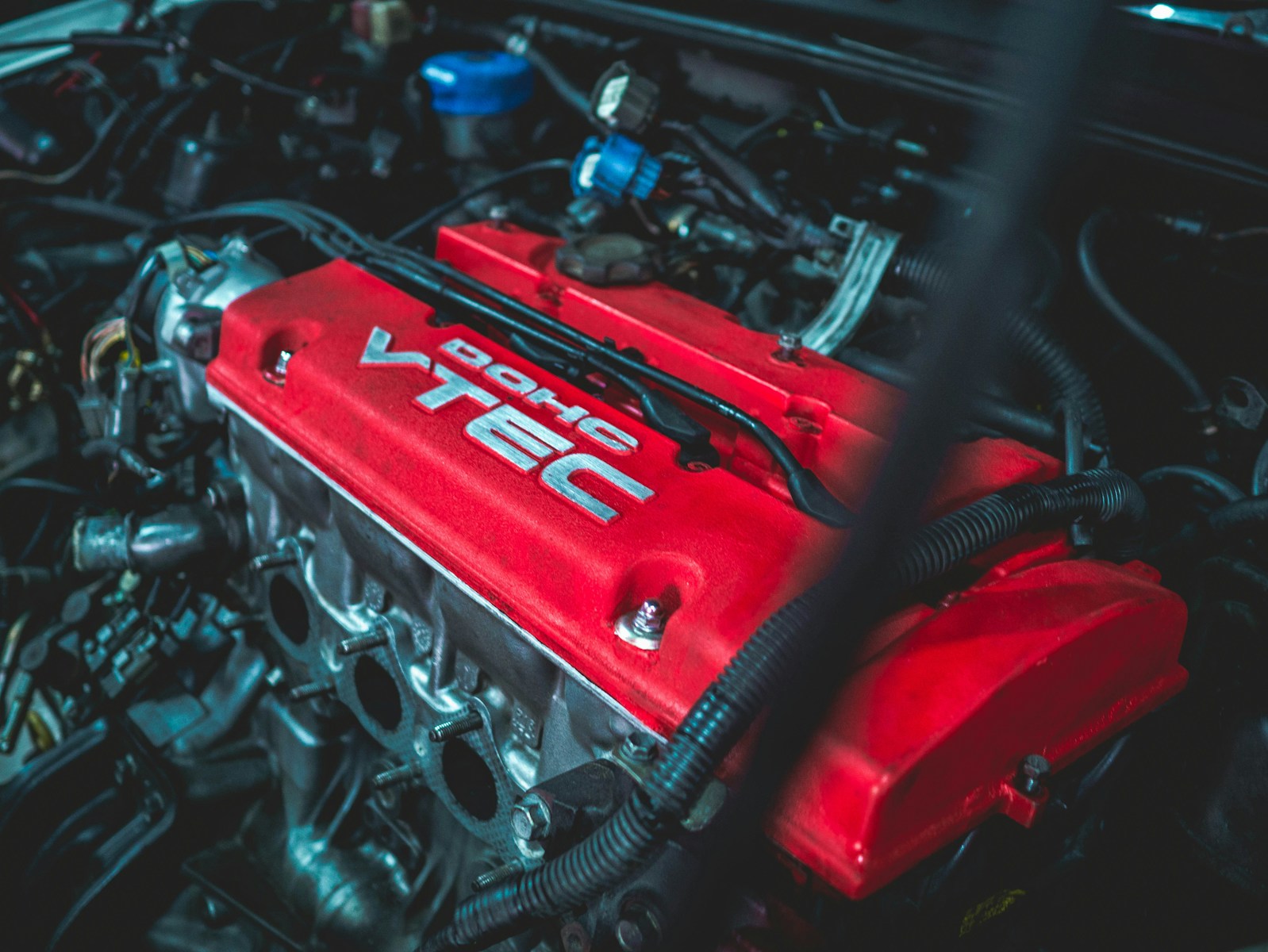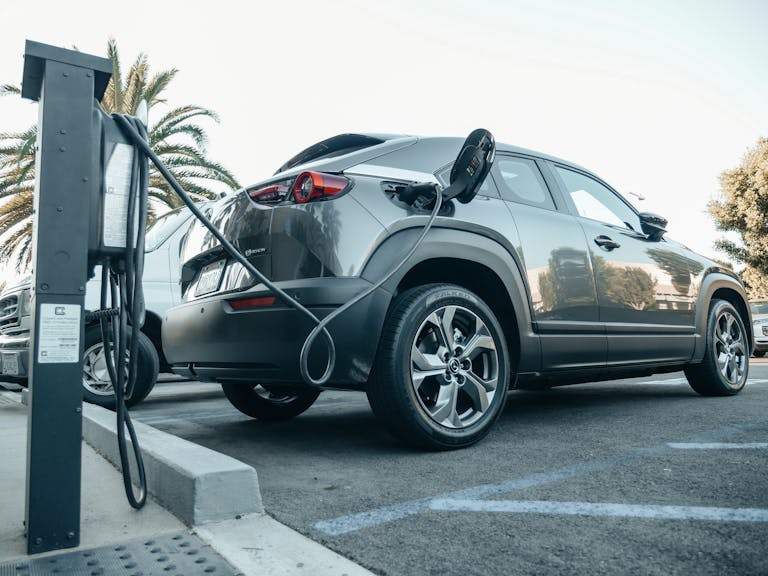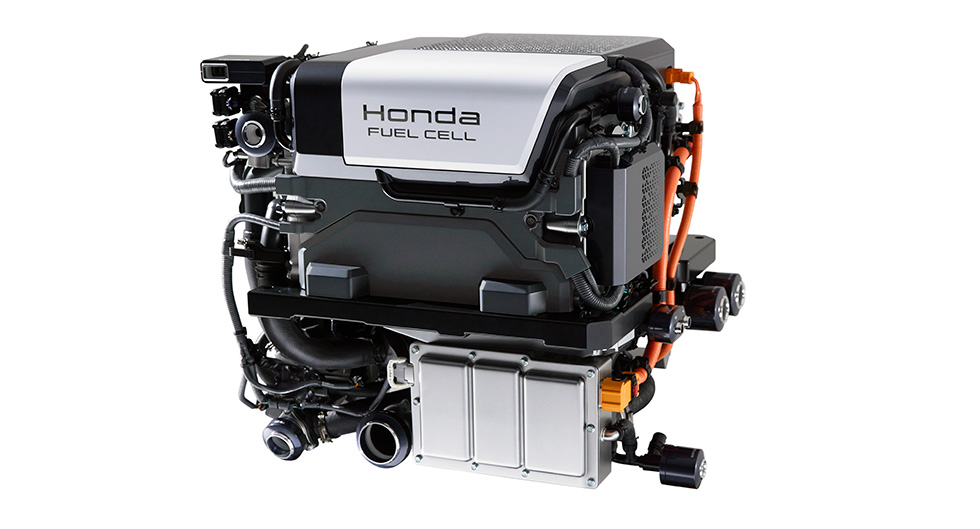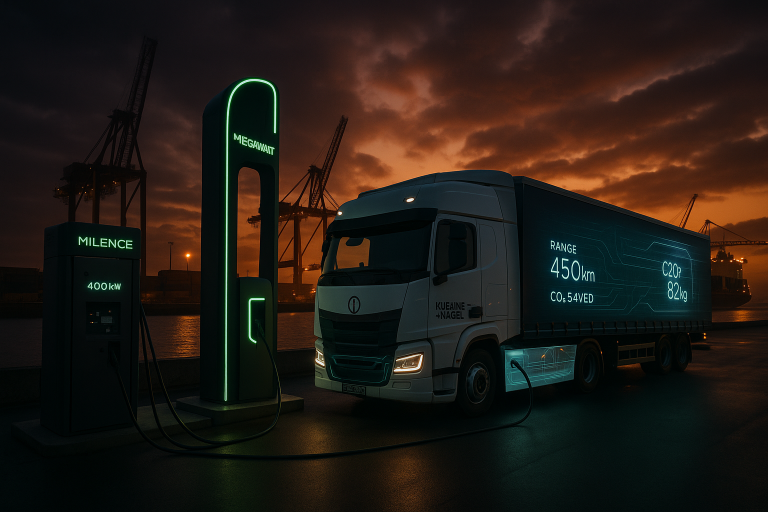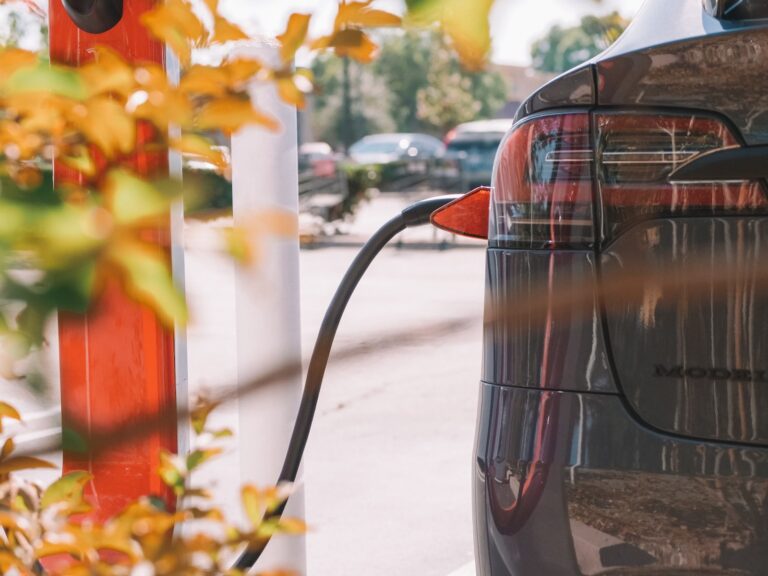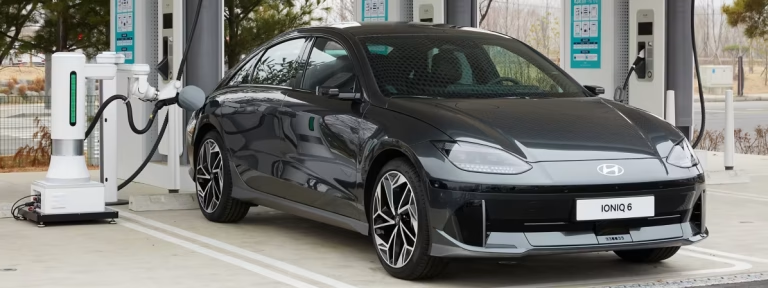Why Idling Your Car is Harmful (and What to Do Instead)
When winter rolls around, many of us have been taught to start our cars, let them idle, and warm up before hitting the road. But this age-old practice is not only unnecessary for modern vehicles—it can actually harm your engine, waste fuel, and damage the environment. Let’s dive into why idling is a bad idea and what you should do instead to keep your car running smoothly in cold weather.
🚗 Why Idling is Bad for Your Modern Car
The tradition of warming up your car dates back to the days of carbureted engines, which were common until the 1980s. Carburetors mix gasoline and air to create the fuel vapor needed for combustion, but they lack the precision of modern fuel injection systems. In cold weather, carbureted engines require a richer fuel mixture, which is achieved by restricting air intake with a mechanical device called a “choke.” Without warming up, these older engines would often stall or run poorly.
Modern cars, however, are equipped with electronic fuel injection (EFI) systems that automatically adjust the air-fuel ratio based on real-time sensor data. This means your car doesn’t need to idle to warm up—it can handle cold starts efficiently on its own.
How Idling Damages Your Engine
1. Fuel Washes Away Engine Oil
When your engine is cold, the EFI system injects extra fuel to ensure proper combustion. This excess fuel can splash onto the cylinder walls, where it acts as a solvent, stripping away the protective oil that lubricates the engine. Over time, this leads to increased friction, wear, and damage to critical components like piston rings and cylinder liners.
2. Increased Engine Wear
Without proper lubrication, the engine’s moving parts experience more friction, which accelerates wear and tear. This can shorten the lifespan of your engine and lead to costly repairs.
3. Poor Fuel Economy
Idling burns fuel inefficiently, especially in cold weather. Studies show that idling for just five minutes can reduce fuel economy by 7% to 14%, while idling for ten minutes can reduce it by 12% to 19%. This not only wastes money but also increases your carbon footprint.
Environmental Impact of Idling
Idling isn’t just bad for your car—it’s bad for the planet. Here’s why:
- Greenhouse Gas Emissions: Idling releases carbon dioxide (CO₂) and other pollutants into the atmosphere. The U.S. Department of Energy estimates that personal vehicle idling wastes 3 billion gallons of fuel annually and emits 30 million tons of CO₂.
- Air Quality: Cold winter air is denser and traps pollutants closer to the ground, worsening air quality. Idling contributes to smog and particulate matter, which can harm respiratory health.
- Fuel Waste: Idling for extended periods is simply wasteful, especially when modern engines don’t require it.
How to Safely Start Your Car in Freezing Temperatures
The best way to warm up your car is to drive it gently after starting. Here’s how to do it safely:
- Start the Engine: Turn on your car and let it idle for no more than 30 seconds. This allows the oil to circulate and lubricate the engine.
- Drive Gently: Begin driving at moderate speeds, avoiding high RPMs or heavy acceleration until the engine reaches its optimal operating temperature (usually around 40°F or 4°C).
- Use the Heater: The engine warms up faster under load, so driving is more effective than idling. Within a few minutes, your car’s heater will begin blowing warm air into the cabin.
- Avoid Excessive Idling: If you’re waiting in your car, turn off the engine if you’ll be stationary for more than 30 seconds.
Additional Tips for Winter Driving
- Park in a Garage: If possible, park your car indoors to protect it from extreme cold.
- Use a Block Heater: In very cold climates, a block heater can warm the engine and make starting easier.
- Check Your Oil: Use the recommended oil viscosity for winter (check your owner’s manual). Thinner oil flows better in cold temperatures.
- Keep Your Fuel Tank Half Full: This prevents fuel lines from freezing and ensures you have enough gas in case of emergencies.
The Bottom Line
Idling your car in winter is an outdated practice that can harm your engine, waste fuel, and damage the environment. Modern cars are designed to operate efficiently in cold weather, and the best way to warm them up is to drive gently after a brief 30-second idle. By following these tips, you’ll protect your engine, save money on fuel, and reduce your environmental impact.
Quick Reference: Idling vs. Driving to Warm Up
| Action | Effect on Engine | Fuel Economy | Environmental Impact |
|---|---|---|---|
| Idling for 5+ Minutes | Strips oil, increases wear | 7%-19% worse | High CO₂ emissions |
| Driving After 30 Sec | Warms engine faster, protects oil | Optimal efficiency | Lower emissions |
By breaking the idling habit, you’ll not only extend the life of your car but also contribute to a cleaner, healthier environment. Stay warm, drive safe, and enjoy the winter roads! 🚗❄️

